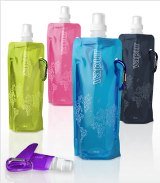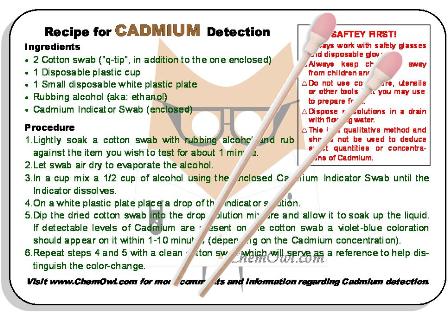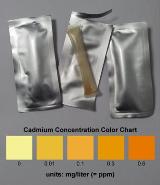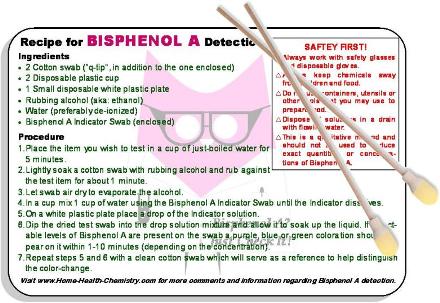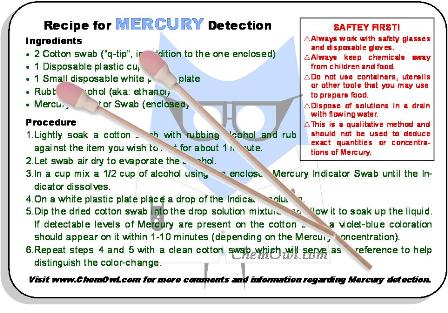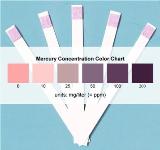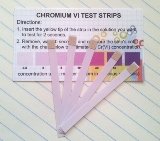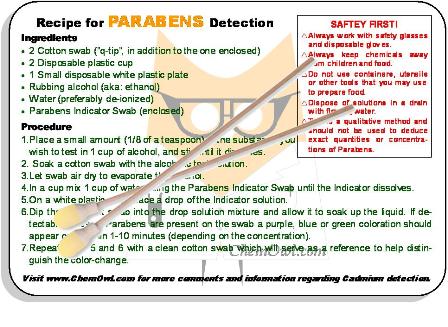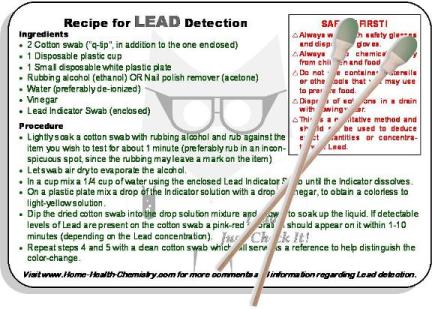Food Safety at Home
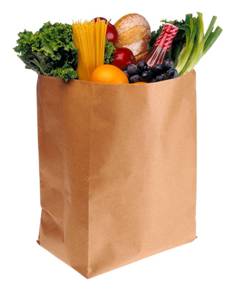
When discussing food safety at home, one should take note that most food we buy today are "enriched", either intentionally or as a result of pollution, with substances which may pose harm to human health.
Chemicals in food maybe intentionally added to: prolong a product's natural self-life, by preserving it from bacterial contamination; or to enhance its ecstatic properties, such as color and taste. While chemicals can also enter our food unintentionally, either from the environment it was produced / grown or be absorbed from packaging.
Parabens are a great example of a class of industrial, man-made chemicals which are added to foods as preservatives, because of their biocidal properties (inhibit the formation of microorganisms). Their great for adding a few more weeks to the processed foods we purchase, but they are suspected as a cancer causing agent.
Those concerned with food safety should be aware that toxic heavy metals can enter the food chain from which we feed due to industrial pollution of both land and sea. The most common occurrences are Mercury, found in fish and seafood, and Cadmium, found in meat (especially in the liver and kidneys). These toxic metals are absorbed by the organisms during their lifespan, are retained in their bodies and end up in our bodies when we consume them. There is also a tendency for these metals to accumulate as we climb up the food chain, since they are not removed from the organisms' bodies – for example, meat from sword fish usually contains higher doses of mercury than that from sardines.
Foods containing high levels of high fructose corn syrup (HFCS) may also contain trace amounts of mercury, due to its use in the production of HFCS.
Another suspected cancer-causing chemical and food safety culprit, Bisphenol A (BPA), used to manufacture plastic food and beverage containers can leach into a food product from its packaging. A foods acidity or exposure to heat and light can increase the transfer of BPA from the plastic packaging, of which it is a major component, into the food product holds. For example, water bottles left in the sun are susceptible to effects, as well as packaged foods of a citrus nature. BPA is mainly used in plastics labeled as "Type 3" or "Type 7".
TRY OUR TEST KITS FOR ONLY $29.99! each
with FREE SHIPPING
Cadmium Test Swabs
Cadmium Test Tubes with Color Chart
BPA Test Swabs
Mercury Test Swabs
Mercury Test Strips with Color Chart
Hexavalent Chromium Test Strips with Color Chart
Parabens Test Swabs
Lead Test Swabs
Buy 2 Or More Test Kits
Get a FREE
BPA-Free Foldable Bottle
